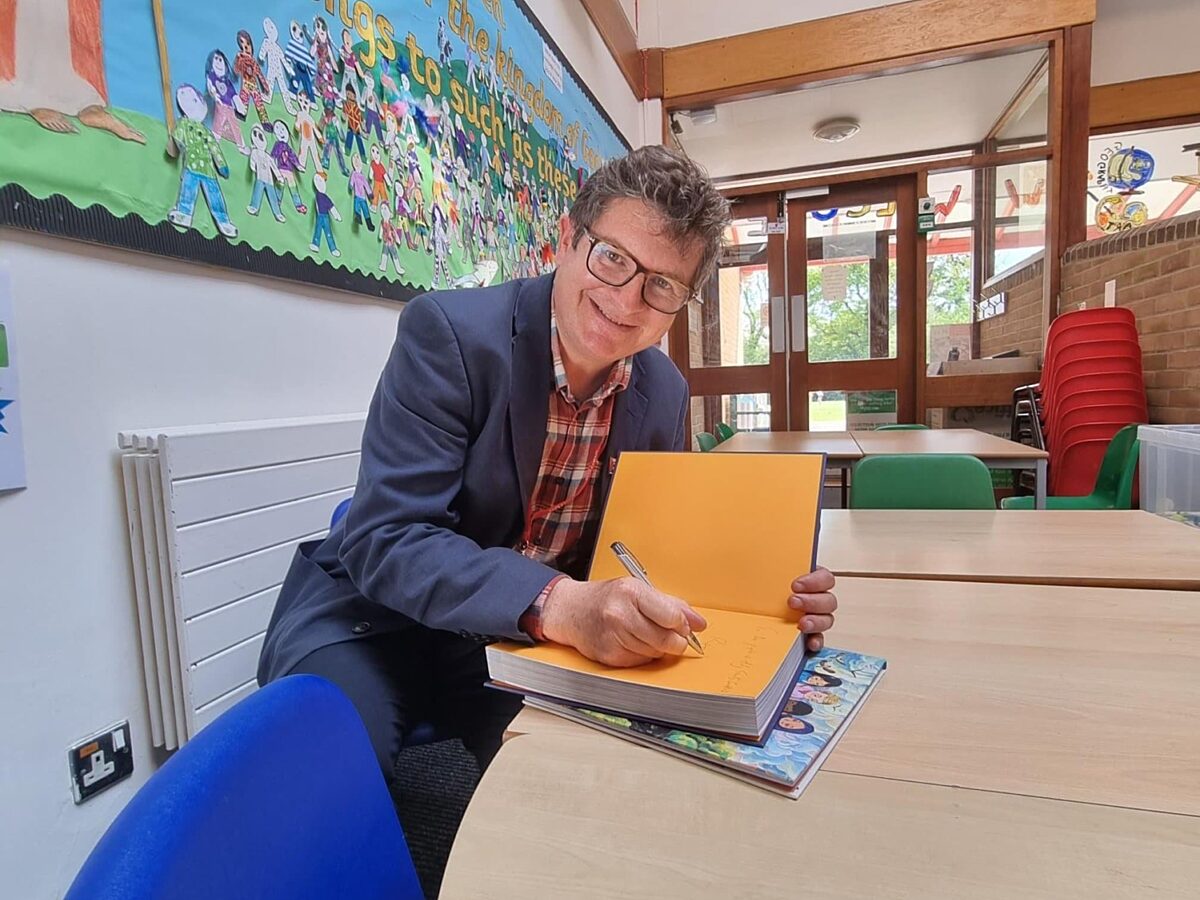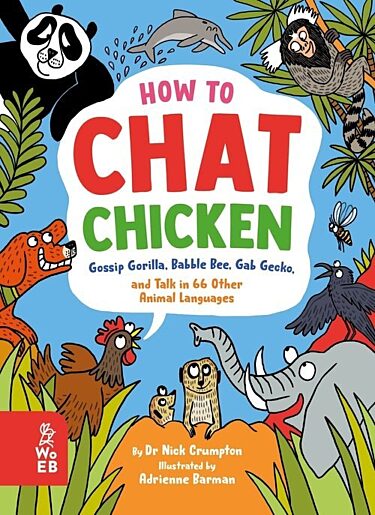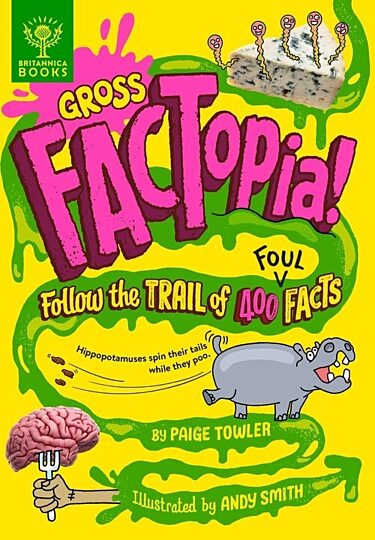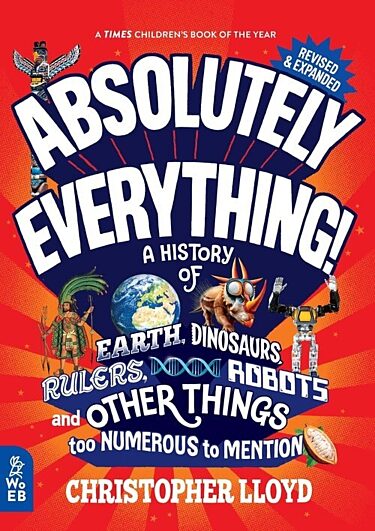Four top tips for encouraging reluctant readers

We sat down with author and speaker Chris, whose passion for turning curiosity into literacy has sparked inspiration in classrooms across the country.
Over the last 15 years, Chris has delivered more than 1,000 school talks – often being the first non-fiction author ever invited in, much to the surprise (and delight) of teachers and librarians alike. It’s a reminder that while children’s literature is often anchored in fantasy and fiction, there’s extraordinary power in the real world too – especially for struggling or reluctant readers.
In this special guest blog, Chris shares four practical, thought-provoking strategies for helping children ‑especially those who find reading a challenge – connect with stories through their own interests, through pictures and imagination, as well as through a love of discovering how the world works.
1. Ditch the “reading time” routine – spark curiosity instead
📚✋ Make reading part of something fun or interesting – not a chore.
In my experience, reading should always be considered as a means to an end, not as a discrete activity in itself. Reading it not an end in itself, like going to the gym which is designed to increase health and muscle strength.
Reading is an expression of an inherent curiosity about the world around us and the desire to what to find out more. So, to say to a child – ‘right, it’s time to do some reading’ sets up both the facilitator and the student for failure. It risks turning reading into a chore, instead of it being the fuel for a journey of fascination.
2. Use the brain’s superpower: turning words into pictures
🧠🖼️ Reading is hard because our brains turn words into images. Be patient. Use pictures and imagination.
Brains were never hard-wired by evolution to be able to read text on a page or a screen. Although we consider reading ‘normal’ in our modern world, it is far from normal when considered against the background of evolutionary time. Written words have been part of the human experience for just 1% of the time our species has been roaming the Earth. So, brains are not hardwired to understand words, so what they do is convert text into images.
The fact that dreaming in images not words shows how the brain is wired to process information. And the fact we have an image-in-ation is further testament to this. To know this helps when facilitating a child to read, as it can increase our patience and tolerance for those who struggle with what is an inherently unnatural process. For neurodivergent readers, like those with dyslexia, images can be a powerful key to understanding.
3. Follow their passions – interest is the best way in
💬❤️ Ask what they love – animals, space, cars – then find a book about that. Interest comes first.
For reluctant or struggling readers, the best way in is through something they already love. Before sitting with a child to read, I would always ask them the most important question of all – what are you interested in? I would then go with the child to a library and together seek out a book that will help them on their journey through their personal interests. It may be an animal they love, or mode of transport or something to do with space. You will be sure to find a book.
Even if the book is not strictly levelled for that child, the process of using a book to find out more about their personal interests is key to fuelling a love of books and reading. If you read part of the book to them, that’s fine. Let them follow on and wonder at the new information you have jointly discovered.
4. Talk it out – make reading a conversation
🗣️🔍 Chat about what you think the book will say, then talk again after reading. It helps make it stick.
Before opening the your book of choice, have a conversation about what you might find – and what you hope to discover. Then research and read from the book to find out more. Following this, close the book and have another conversation about what you have read.
This allows reading to be contextualised in its natural habitat as a means to an end, not as an end in itself. It also gives the child confidence to speak to friends or family about what you have jointly discovered (and read together) – this reinforces learning and builds reading for pleasure into real-world discovery.
Best books for reluctant readers
The best books for young reluctant readers from Jenny McCann, founder of Bear Bookshop.
Read more


